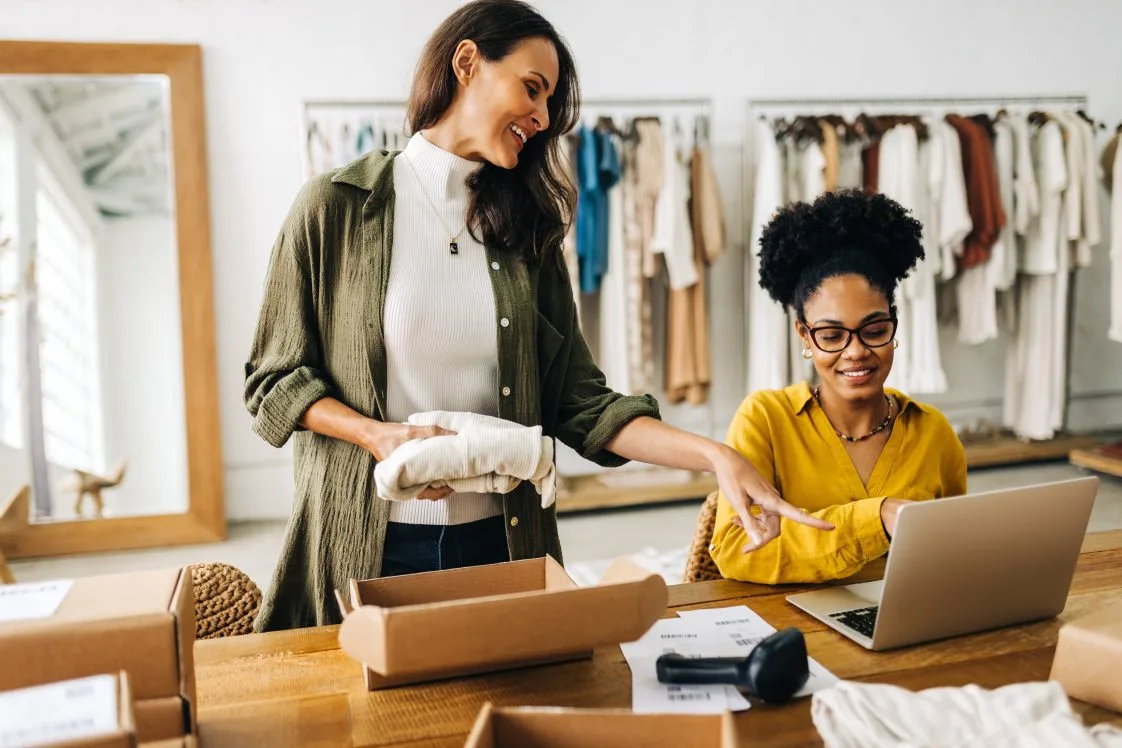7 In-store Fulfillment Best Practices to Optimize Customer Experience

Retail customers expect an omnichannel shopping experience that is convenient, easy, with options to obtain their order in a way that works best for them. Since the pandemic, store fulfillment has become a mainstay order fulfillment practice for major retailers and eCommerce businesses. Customers have flocked to buy online pickup in store (BOPIS), as well as ship-to-store, and a plethora of other store fulfillment practices available today.
If you’re already operating store fulfillment as part of your eCommerce strategy, or if you’re considering how to implement a successful strategy, the following are seven best practices to ensure your store fulfillment options truly optimize customer experience.
- Offer store fulfillment options you can support well. There are many store fulfillment options and pandemic uncertainty led some retailers to feel they must offer all of them to meet customer expectations (and keep the business open). Today, this can be a mistake if you are not able to truly optimize each fulfillment strategy. For store fulfillment to improve customer experience, it has to be truly pleasing, convenient, well-coordinated and timely. That means you need to have the employees, training, resources, floor space, logistics, order management system, reverse logistics process, cloud technology, and automation needed to coordinate each in-store fulfillment option. Be sure that you leverage only store fulfillment options that you can really support and optimize.
- Integrate and automate your systems and applications. Many retailers were caught in the midst of digital transformation when the pandemic forced them to pivot to store fulfillment, like curbside pickup. While some retailers leapfrogged their digital transformation by years to meet the crisis, others find that they are still grappling with a legacy order fulfillment process, systems, and applications that are disconnected, on-premises (not cloud based), and that do not offer a seamless user experience. Omnichannel retail experiences are defined by a seamless flow across channels and systems so that there is no break or disruption in the customer experience. To achieve this and to deploy store fulfillment operations, you must have cloud-based systems that are integrated and automated to streamline the flow. If you aren’t there yet, this is the place to focus resources.
- Gain 360 real-time visibility into the supply chain. Inventory management is crucial to store fulfillment, but to gain that you need full visibility into the supply chain. Integrated inventory management systems and order management systems will enable you to see customer orders, supplier data, product availability, distribution centers, delivery times, delays, and where inventory is at all times. Customers will need to know inventory availability during their eCommerce shopping experience to help with their purchase decision making.
- Train employees to be eCommerce customer experience advocates. Store fulfillment brings eCommerce and mortar store operations together and this means employees who were hired for in store work will need to become familiar with eCommerce. It can be easy to assume that store associates only need to be trained on picking and packing orders and delivering them to the curbside or pickup locations, but this is untrue. Employees need to be trained on the different expectations of eCommerce vs. in store customers, and how to meet and exceed those expectations. With the right training, store associates can become eCommerce customer experience advocates that fulfill a key role in encouraging repeat and expanded purchases.
- Communicate clearly with your customers. Ecommerce customers expect to be clearly communicated with during the store fulfillment process. This requires the right technology and cadence of communication, as well as offering customers multiple options for how they’d like to receive updates. Setting expectations, sending automated notifications along each step of the journey, making it clear when and how to pick up their order, and communicating the returns process are all important. Remember, even though store fulfillment customers will be coming to your store to receive their merchandise, they are still eCommerce customers. Do not assume they will or should behave or hold the same expectations as in store customers. What creates customer satisfaction for eCommerce customers may be different than for in store customers.
- Make returns easy. This best practice is true for all order fulfillment, but in store fulfillment customers expect to be able to easily return their order right to the store. While it may seem obvious, make the order process clear to customers during the checkout process, particularly if there are any time constraints on it.
- Encourage repetitive shopping. The ease and convenience of store fulfillment offers a prime opportunity to encourage customers to subscribe to repeat product orders or to offer incentives for bulk purchases. Many store fulfillment purchases are for staples, such as groceries and household goods — and offering to put these orders on automatic fills can generate repeat business, while reducing shipping costs and last-mile delivery costs.
Store fulfillment done well is a great way to provide eCommerce customers the convenience of online order options, while still bringing them into the store for in store experiences. Many store fulfillment customers buy additional merchandise when they pick up their orders, combining mortar store and eCommerce shopping at the same time.
While these best practices will help ensure a successful store fulfillment operation, optimizing store fulfillment can be challenging as it requires the right people, processes, technology, and partners. Another option is to outsource store fulfillment to an order fulfillment provider, like Radial, that offers store fulfillment solutions, full order management support, and third-party logistics to make store fulfillment a seamless fulfillment solution.
Follow Radial on LinkedIn, Facebook and Twitter.
Want to learn more about store fulfillment?
